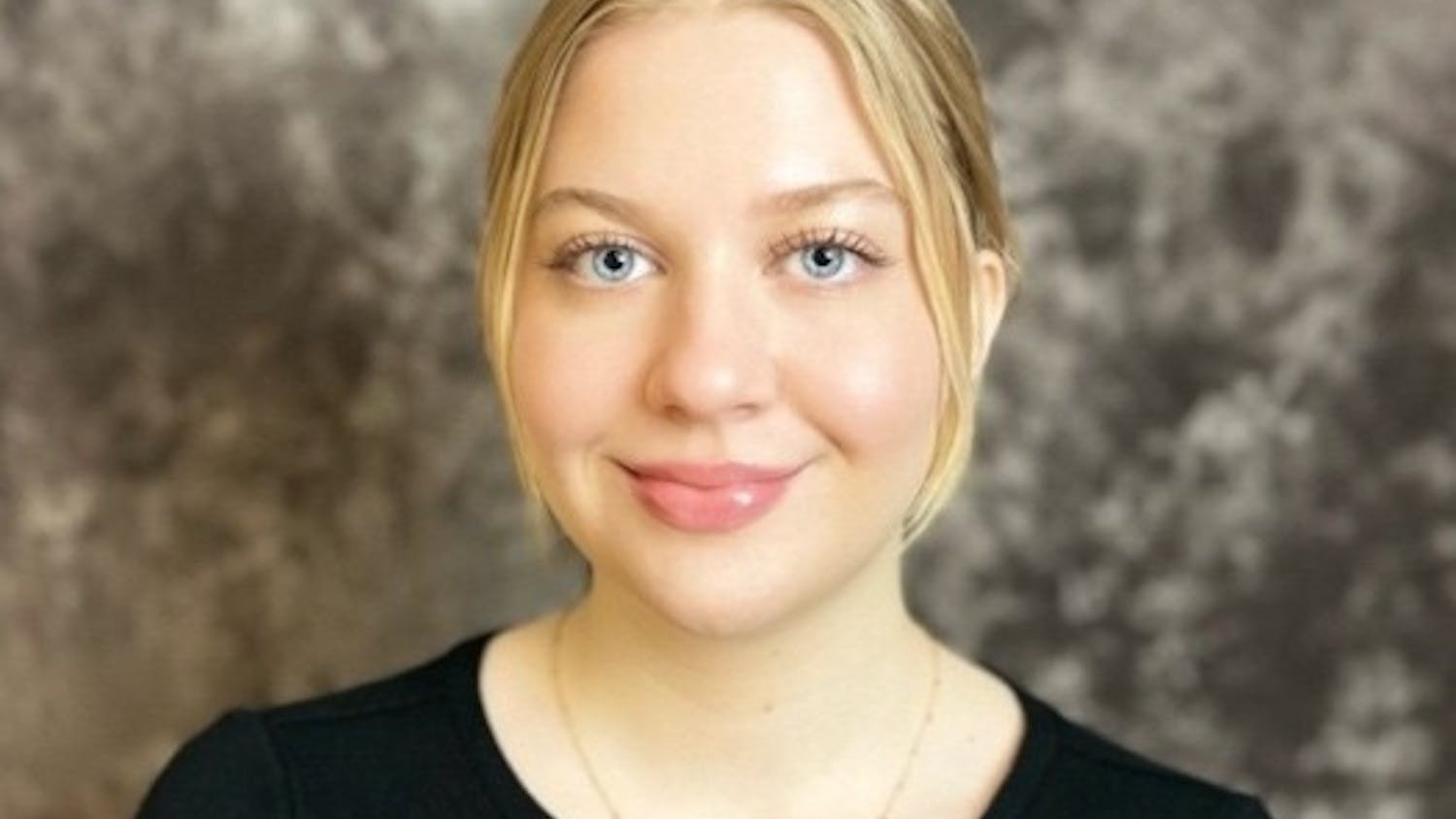Monday night’s Iowa caucus allowed Iowan voters to indicate which candidate they had the most faith in through discussion and polls. The caucus is traditionally a kick-off to the primary season leading to Super Tuesday and eventually the presidential election in November.
The polls closed at 10 p.m. with the top three GOP candidates Ted Cruz, Donald Trump and Marco Rubio falling first, second and third respectively. Cruz received 28.3 percent of the votes followed by Trump with 25 percent and Rubio at 21.9 percent.
The Democratic votes were split closely between Hillary Clinton and Bernie Sanders – so close that the results were deemed too close to call until the following morning. Clinton grabbed the victory with 50.3 percent of the vote while Sanders received 49.7 percent. Democratic candidate Martin O’Malley had less than 15 percent of the vote and so his votes were reallocated to Clinton and Sanders.
The entire system of the caucuses seems a little antiquated – it isn’t like typical voting in which citizens go to their respective public voting location and vote inside a private booth. GOP voters use secret ballots, but Democrats break into small groups and discuss the candidates publicly for a period of time before voting, so everyone knows who has casted a vote for which candidate.
This openness is foreign, especially in a world of political correctness. Politics is a touchy topic to begin with so discussing it in public seems both outdated and dangerous. While people are spouting their political opinions, delegates are elected to attend the state and national conventions and vote on other people’s behalf. The entire process is very indirect.
At the same time, this caucus had one of the highest turnout rates in recent history – so high that Iowa ran out of voter registration forms. This is indicative of the way interest in the presidential election and the political process has spiked, potentially due to the candidates themselves or just interest in the process. Especially amongst students, interest in the election has increased. Teens in Iowa can vote in the caucus at 17 so long as they turn 18 by the time of the presidential election, and Sanders was targeting college students as a large portion of his voter audience.
The caucus itself is supposed to define momentum in the election by seeing who the frontrunners are. It revealed that this race is likely to be incredibly close, for both parties. Less than 1 percent separates support for the top two Democratic candidates and less than 6 percent separates support for the top three Republican candidates. The seriousness of the race is clear as names like Ben Carson, Mike Huckabee and O’Malley fade into the background.
Cruz’s move ahead of Trump is also indicative of a potential threat to the Trump domination. Did missing last Thursday’s debate hurt Trump at the caucus, or are people growing tired of his publicity stunts and attitude? While he still managed to garner a large amount of support, Cruz’s momentum seems to be on an upswing whereas Trump’s popularity lies more in his character and less in his political ideology.
Rubio also kept the race close, only trailing Trump by a small margin. The Florida senator been gaining momentum the last few months but must continue to succeed in the next few states if he wants a serious shot at the nomination.
Many expected Sanders to pull ahead of rival Clinton in Iowa, but the two ended the night neck-in-neck. Like Rubio, Sanders needs to continue his momentum heading into the New Hampshire primary if he has any hope of winning the nomination. His ideology is popular amongst millennials as one of his most touted campaign ideas is free college tuition.
But Iowa is only the beginning. Caucuses and primaries will continue over the course of the year and the election is still nine months away. The race is wide open – several candidates from both parties have a viable chance at the nomination and then, the presidency. As students we need to be aware of the candidates words and actions as they proceed through election season so to make a conscious, well-educated decision come November.
The editorial board can be reached at eic@ubspectrum.com.




